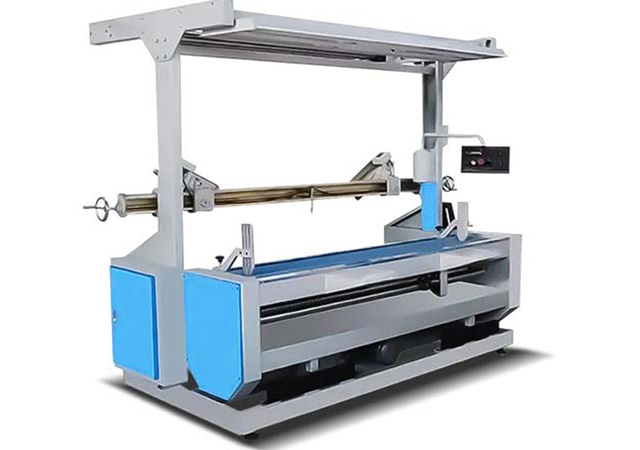As the fabric industry evolves, so too must the methods of cutting to meet demands for precision and efficiency. Gone are the days of manual cutting; now, cutting-edge technology is shaping the way fabrics are prepared for production or narrow-width sales. At the forefront of this revolution are high-speed CM or YM series laser cutting machines, offering unparalleled speed and accuracy.
Innovative Cutting Methods
These cutting machines come equipped with a 50mm focusing lens, enabling precise cuts at remarkable speeds of up to 5 m/min for a single layer. However, achieving optimal results requires careful consideration of several factors. The quality and flatness of the honeycomb bottom plate play a crucial role, as does the strength of the laser beam. Maintaining the right balance can prevent potential damage to the fabric, ensuring a flawless end product.
Addressing Challenges
Despite the efficiency of laser cutting, challenges such as yellowing can arise during the process. This occurs when the smoke generated during cutting causes discoloration of the fabric. To combat this issue, innovative solutions have been devised. Fabric is laid flat on the honeycomb bottom plate, while an exhaust fan swiftly removes smoke. Additionally, an air compressor ensures continuous blowing of impurities and soot from the kerf. In some cases, inert gases like nitrogen are employed to prevent yellowing and achieve optimal cutting results.
Precision Points for Fabric Cutting
Delicate Fabrics: When working with delicate fabrics such as non-woven, polyester, silk, satin, and twill, precision is paramount. Utilizing a 50mm focusing lens with a fine spot and small slit ensures precise cuts. Additional equipment such as air extraction and blowing enhances the quality of incisions, while high-power air blowing secures the fabric to the honeycomb bottom plate.

Adaptability in Cutting Speed: Different sections of a design may require varying cutting speeds. Larger or smoother sections benefit from higher cutting speeds (3-10 m/min), while smaller or intricate areas necessitate slower speeds (0.5-3 m/min). Adjusting the intensity of the laser beam accordingly is essential, with higher intensity for faster cutting and lower intensity for slower cutting.
Special Fabrics: Special fabrics like white cotton and clean cloth require tailored cutting processes. Preventing yellowing in white cotton and maintaining soft incisions in clean cloth are top priorities. Specific adjustments in cutting speed, light intensity, and blowing methods ensure the integrity of these fabrics.
Optimizing Spot Quality: To achieve high-quality and stable spots, a 50mm focusing mirror, preferably an imported RF laser, is recommended. Ventilation and air blowing should be active during the cutting process, with nitrogen potentially employed for cutting white cotton. Maintaining an optimal cutting speed (1.5-3 m/min) and light intensity (20-30%) is key to preventing yellowing and hardening of incisions.
Commitment to Innovation
At SUNTECH Textile Machinery, we're committed to pushing the boundaries of fabric cutting machine techs. Through extensive research and development, we've overcome common challenges associated with fabric production, including those specific to PLA (polylactic acid) nonwovens. Our PLA spunbond non-woven machines produce fine, uniform materials with exceptional filtering and permeability properties, optimizing the utilization of PLA raw materials.
Empowering Success
We take pride in being your trusted development partner, dedicated to empowering your success in the fabric industry. Whether you have questions or inquiries, we're here to assist you every step of the way. Contact us today to learn more about our cutting-edge technology and how it can revolutionize your production processes.




